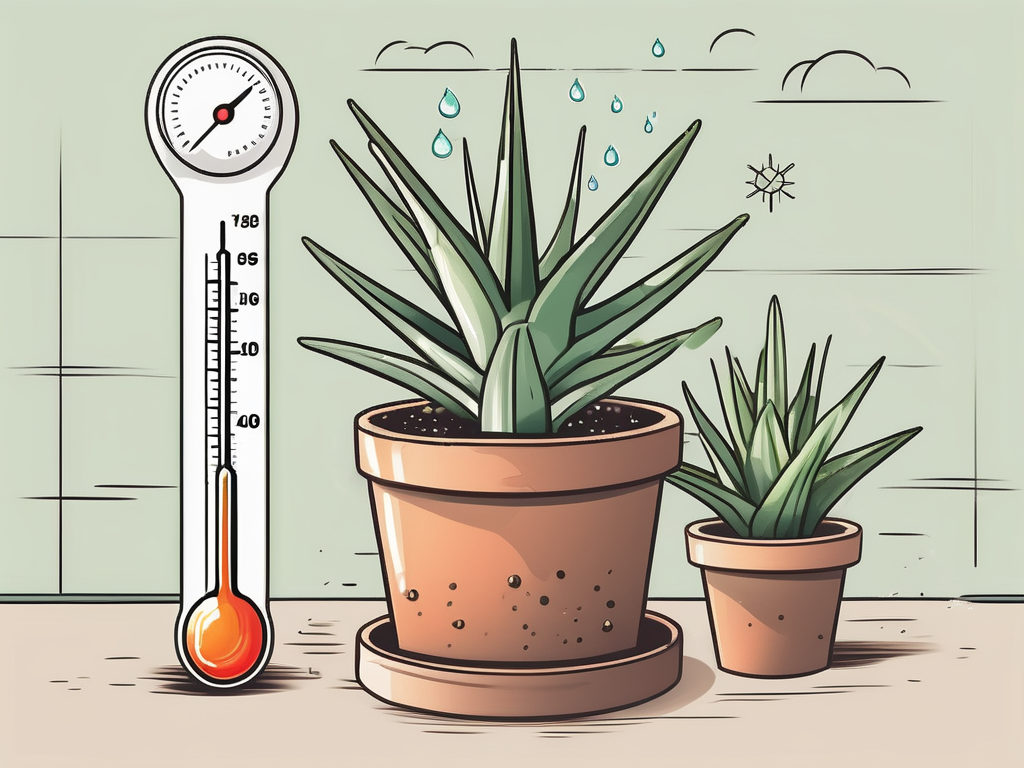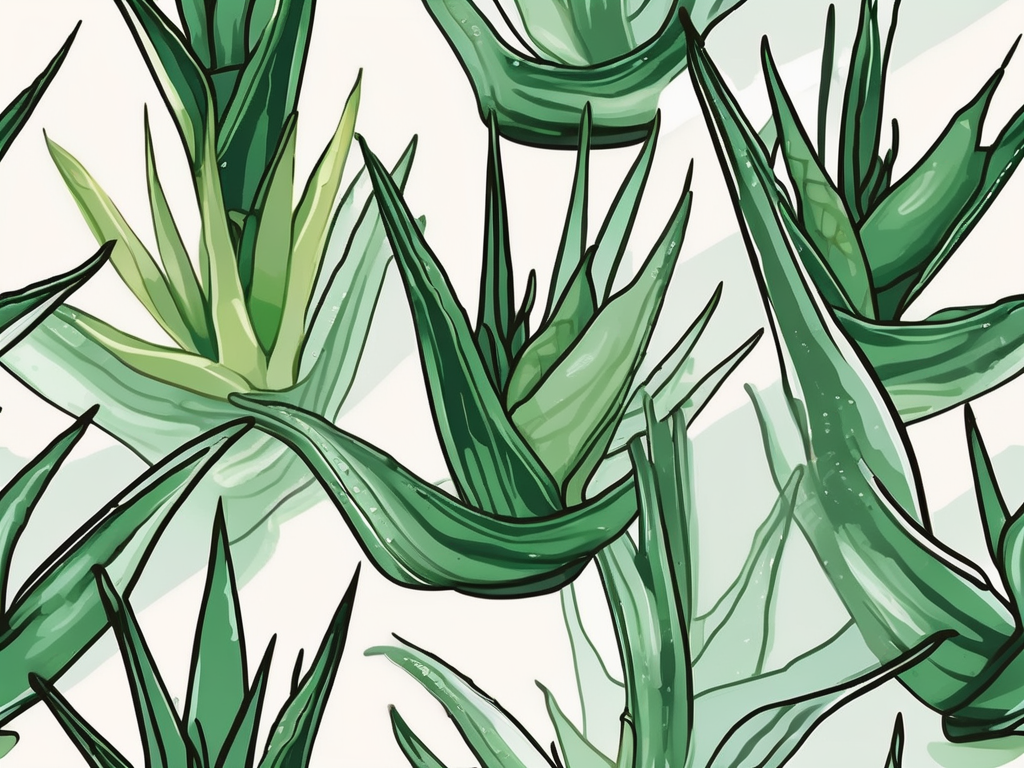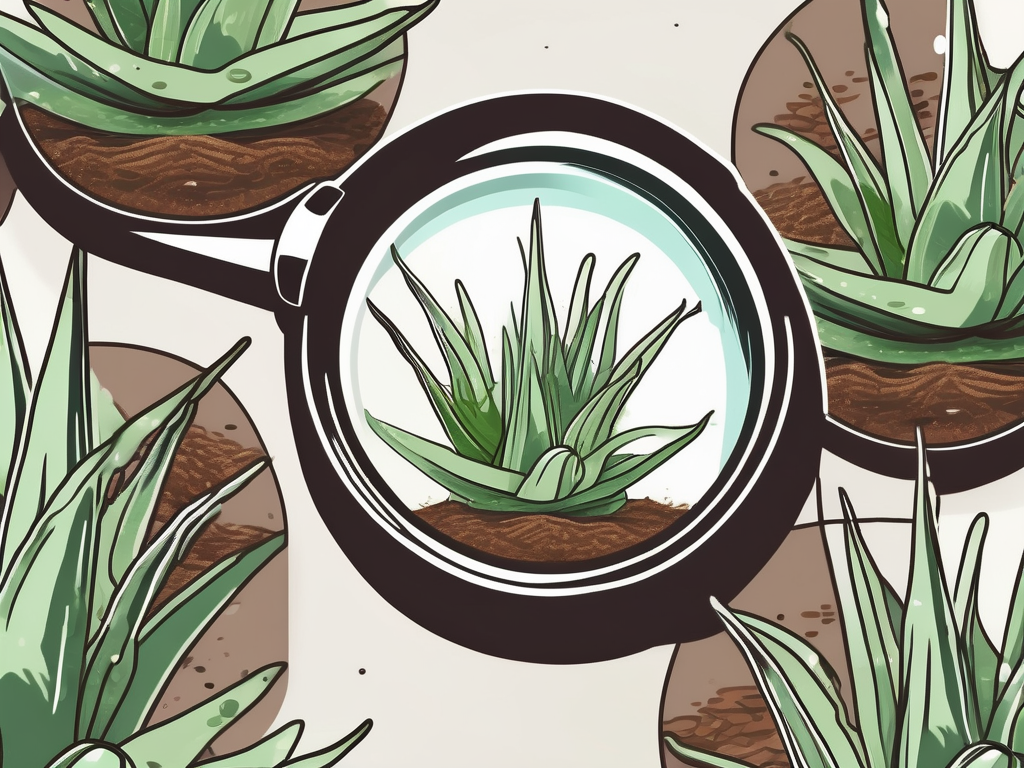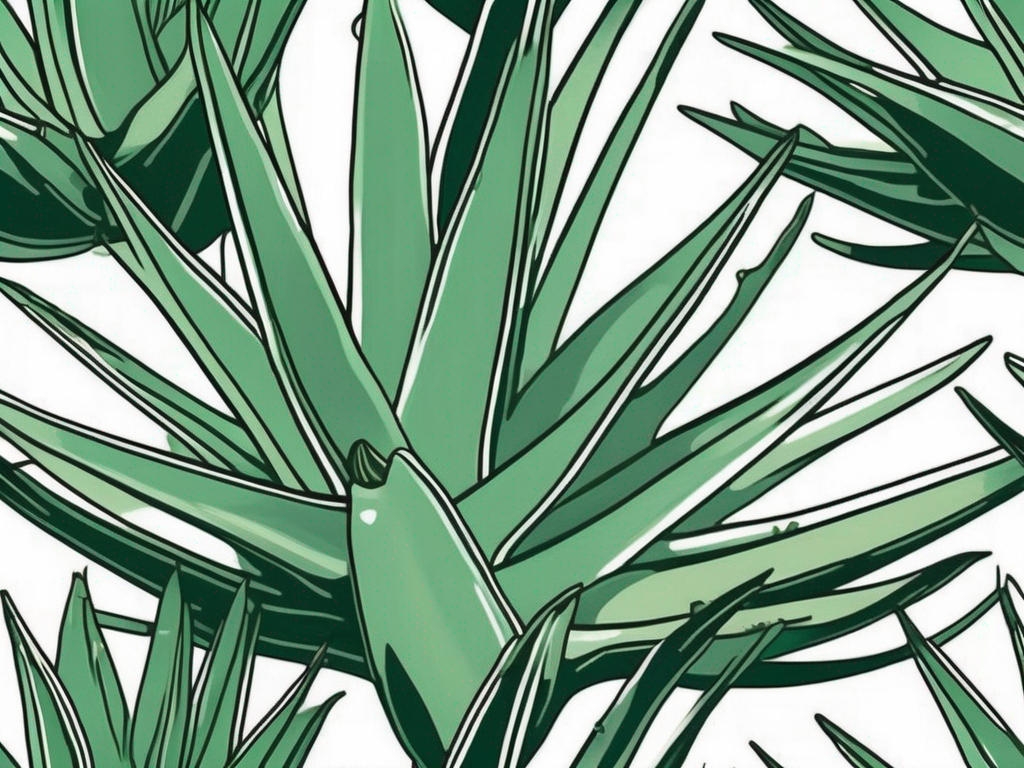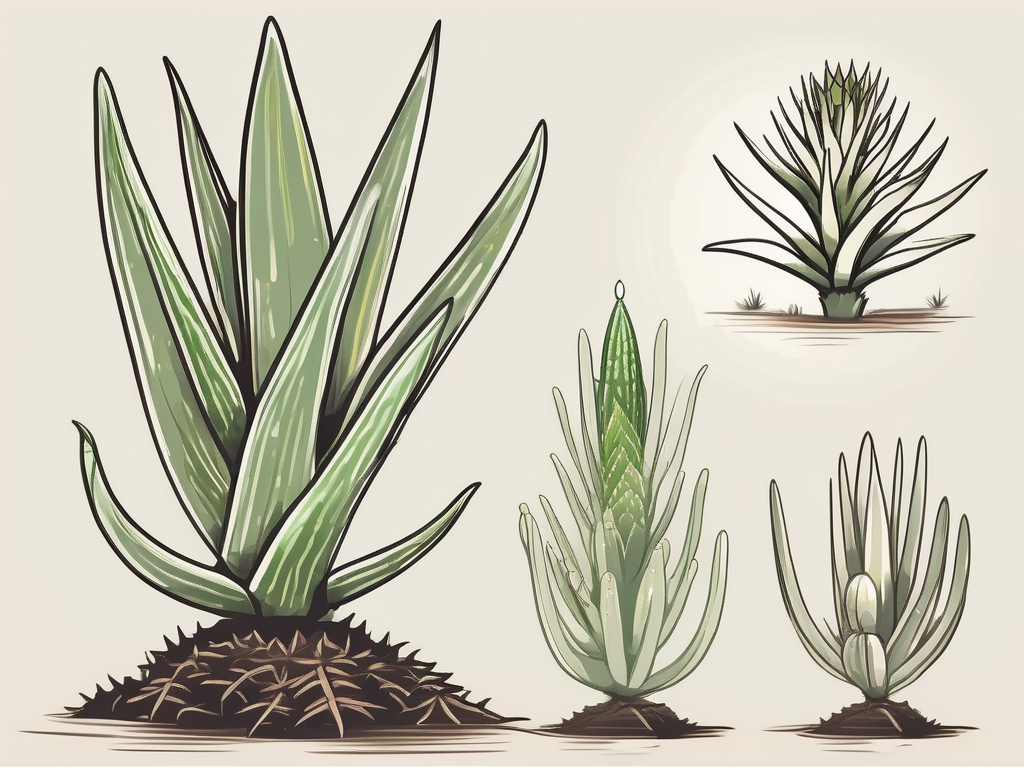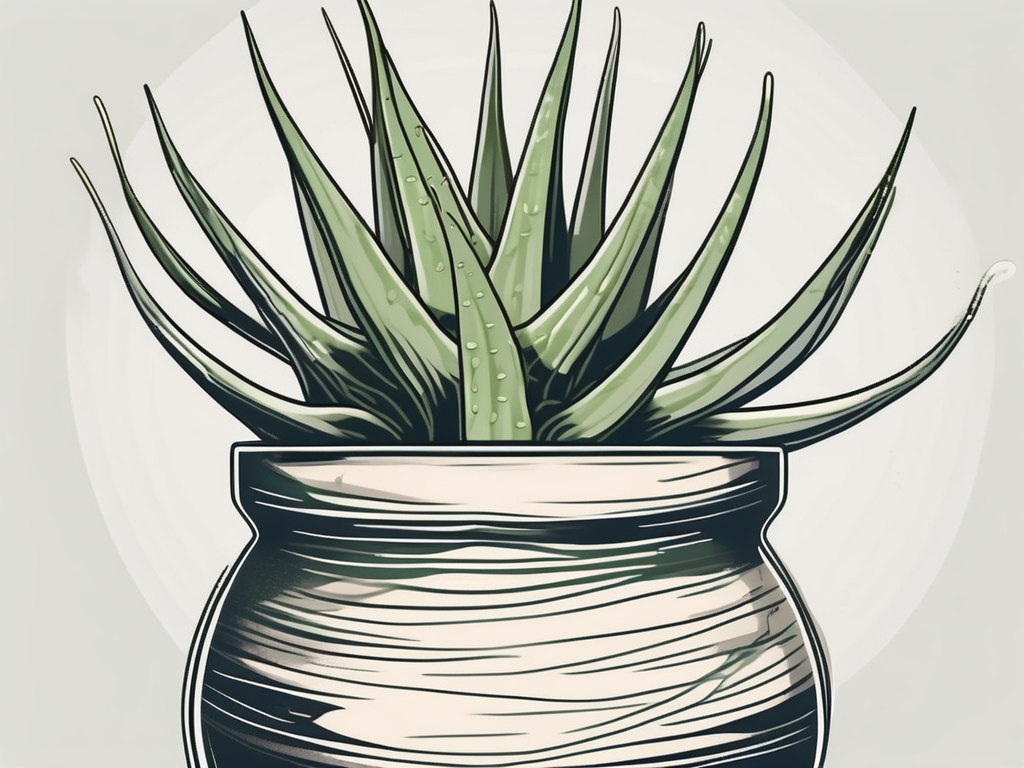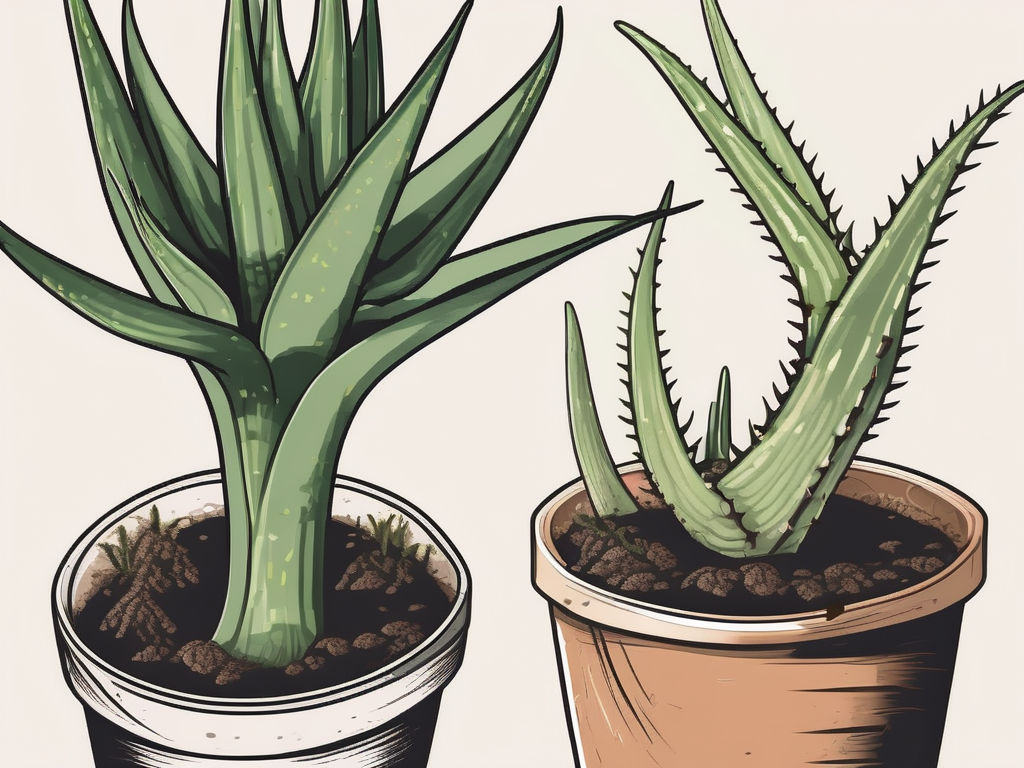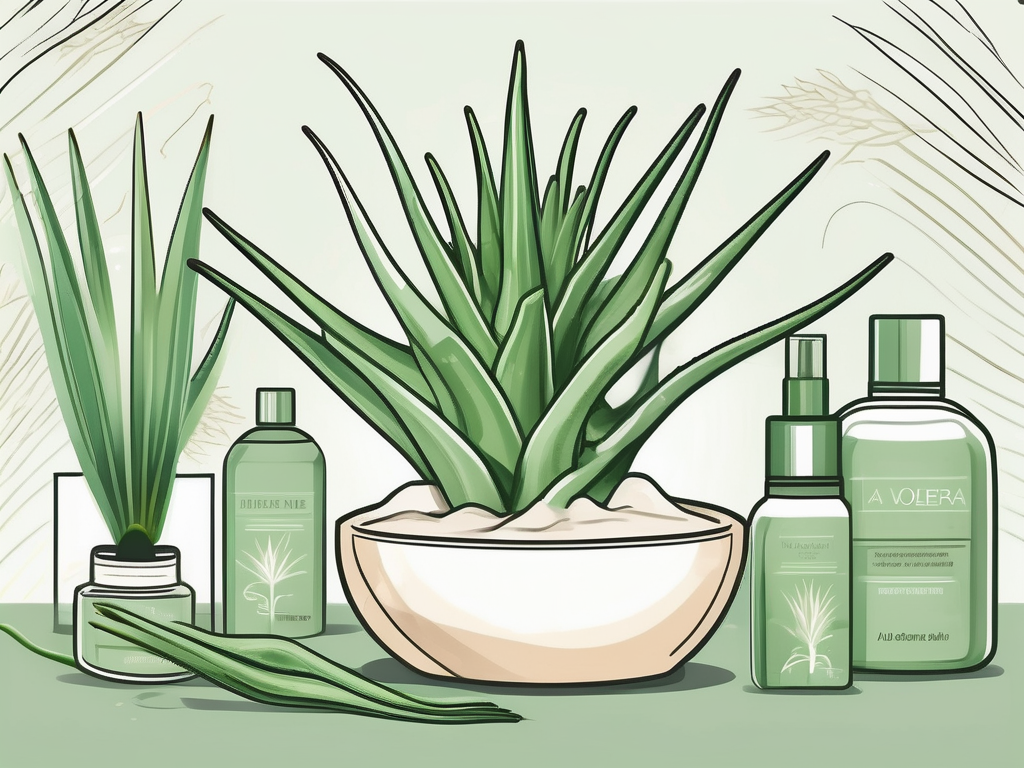
If you've ever had an aloe vera plant, you know it's a rock star in the plant world with its healing gel and easy-going nature. But what about its roots? These often-overlooked parts of the plant play a huge role in keeping your aloe vera healthy and happy.
In this article, we'll dig deep into the world of aloe vera roots—how they function, how to keep them healthy, and why they matter so much. Whether you're a seasoned plant parent or just getting started, you'll find plenty of tips and insights to help your aloe thrive.
The Foundation of Aloe Vera Health: Roots Matter
Think of aloe vera roots like the foundation of a house. While they might not be the first thing you notice, they hold everything together. Roots are responsible for absorbing water and nutrients from the soil, anchoring the plant, and storing food and nutrients for future use. Without healthy roots, your aloe vera would struggle to survive, let alone thrive.
Interestingly enough, aloe vera roots are quite specialized. They have to be resilient yet adaptable, growing in various conditions from sandy soils to pots in your living room. Their ability to adapt is what makes aloe vera a popular choice for plant lovers everywhere. However, this doesn't mean they're invincible. These roots require a bit of attention to remain at their best.
One thing to note is that aloe roots are quite sensitive to overwatering. They thrive in well-draining soil, much like their natural desert habitats. When you water your aloe, let the soil dry out completely before drenching it again. This keeps the roots from sitting in water and potentially rotting. So, the next time you water your aloe, give a little thought to its roots and how they're holding up.
Getting to Know Aloe Vera Roots
Aloe vera roots are not just any roots—they're uniquely adapted to their environment. They are fibrous and spread out wide to maximize nutrient absorption. Unlike some plants with deep taproots, aloe roots tend to stay closer to the surface, helping them quickly access moisture from rain or watering.
These roots are surprisingly strong, taking up nutrients and water efficiently. This is why aloes can survive in less-than-ideal conditions. However, don't be fooled by their toughness. They can still suffer from neglect or poor care. When potting or repotting your aloe, be cautious with the roots. Damaging them can set your plant back significantly.
Roots also play a part in the plant's reproduction. Aloe vera often produces offshoots or "pups" that grow from the base. These pups are essentially baby plants with their own developing root systems. When you separate them from the mother plant, it's crucial to handle their roots carefully to ensure successful propagation.
The Role of Roots in Aloe Vera Growth
Roots are more than just nutrient absorbers—they play a critical part in the growth and development of your aloe vera. They anchor the plant, allowing it to stand tall and grow strong. Without a solid root system, your aloe might become top-heavy or even fall over.
Roots also store nutrients and water, acting as a reservoir during dry periods. This is particularly important for aloe vera, which originates from arid climates. The roots' storage capability gives the plant a survival advantage, allowing it to endure drought conditions for longer than many other houseplants.
In terms of growth, a healthy root system can significantly impact the size and vigor of your aloe vera. When roots have ample space to grow, they support larger and more numerous leaves. This is why repotting aloe vera into a larger pot can sometimes spur a growth spurt.
Signs of Trouble: What to Watch For
Just like any part of a plant, roots can encounter problems. For aloe vera, the most common issue is root rot, often caused by overwatering or poor drainage. Recognizing the signs early can save your plant.
- Discolored leaves: Yellowing or browning leaves can be a sign of root rot. This happens when the plant can't uptake nutrients properly due to compromised roots.
- Soft, mushy roots: Healthy roots are firm and white. If you notice any that are soft, mushy, or discolored, it's time to take action.
- Foul odor: A bad smell coming from the soil often indicates decaying roots.
If you suspect root rot, remove the plant from its pot and inspect the roots. Trim away any that are rotted, and repot the plant in fresh, well-draining soil. It's like giving your aloe a fresh start, ensuring it can bounce back to health.
Creating the Perfect Home for Aloe Roots
To keep your aloe vera roots in top condition, creating the right environment is crucial. Start with the soil—opt for a gritty mix that allows for excellent drainage. You can find pre-made cactus and succulent soil mixes or make your own by combining potting soil with sand or perlite.
Next, consider the pot. A pot with drainage holes is non-negotiable for aloe vera. Without them, water can accumulate at the bottom, leading to root rot. If your favorite pot doesn't have holes, consider using it as a decorative outer pot and place a functional one inside.
Temperature and light also play a role. Aloe vera roots prefer warm conditions, so keep them in a spot where temperatures don't drop too low. And while they love the sun, too much direct sunlight can sometimes dry out the roots too quickly, especially if the pot is small.
Watering Wisely: Root Health Starts Here
Watering might seem straightforward, but it's a nuanced aspect of aloe vera care. The roots need moisture to function but also require periods of dryness to prevent rot. A good rule of thumb is to water thoroughly, then let the soil dry out completely before watering again.
During the summer months, when growth is more active, you might find yourself watering more frequently. However, in the winter, aloe vera enters a dormant phase, requiring less water. Adjust your watering schedule according to the season and your plant's needs.
One helpful trick is to use a moisture meter. These handy tools can tell you exactly how dry or moist the soil is, taking the guesswork out of watering. Alternatively, you can stick your finger into the soil an inch deep—if it feels dry, it's time to water.
Repotting: Giving Roots Room to Grow
Every so often, your aloe vera will outgrow its pot, signaling it's time for a move. Repotting is essential for keeping roots healthy and giving them room to expand. Typically, you'll repot every two to three years, or when you notice roots sneaking out of the drainage holes.
Steps for Repotting Aloe Vera:
- Choose a new pot: Make sure it's slightly larger than the current one and has drainage holes.
- Prepare the soil: Use a well-draining mix, as mentioned earlier. It's crucial for preventing root rot.
- Remove the plant: Gently take the aloe out of its pot, being careful not to damage the roots.
- Inspect the roots: Trim any that are dead or rotting. Healthy roots should be firm and white.
- Place in the new pot: Add some soil to the bottom of the pot, position the plant, then fill in around it with more soil.
- Water sparingly: After repotting, water lightly to settle the soil but avoid soaking it.
Repotting might seem a bit intimidating at first, but once you get the hang of it, it's a straightforward process. Plus, your aloe will thank you with vibrant growth and lush leaves (oops, I mean healthy and robust leaves!).
Propagation: New Beginnings from Old Roots
One of the joys of having aloe vera is the ability to propagate new plants from pups. These offshoots develop near the base of the plant and can be separated to grow independently. Propagation is a fun and rewarding way to expand your plant collection and share with friends.
How to Propagate Aloe Vera Pups:
- Wait for the right time: Pups should be at least a couple of inches tall and have several leaves before separation.
- Carefully remove: Gently loosen the soil around the base of the pup and use a clean knife if necessary to separate it from the mother plant.
- Inspect the roots: Ensure the pup has some roots of its own. If not, let it dry for a few days to form calluses before planting.
- Pot in new soil: Use a small pot with well-draining soil. Plant the pup just deep enough to cover its roots.
- Water sparingly: Allow the pup to settle in its new pot for a few days before the first watering.
Propagation not only helps you grow your collection but also keeps the original plant healthy by preventing overcrowding at the base. It's an exciting process that gives you a front-row seat to the miracle of plant life.
Common Mistakes and How to Avoid Them
Even with the best intentions, we all make mistakes when it comes to plant care. Here are some common pitfalls when dealing with aloe vera roots and how to sidestep them:
- Overwatering: This is the number one issue, leading to root rot. Remember, less is more when it comes to watering aloes.
- Using the wrong soil: Dense, water-retentive soil can suffocate roots. Stick to well-draining mixes designed for succulents.
- Neglecting repotting: Overcrowded roots can't function properly. Keep an eye on your plant's growth and be ready to move it to a larger home as needed.
- Ignoring signs of distress: Yellowing or drooping leaves can indicate root problems. Act quickly to diagnose and treat these issues.
Avoiding these mistakes can make a world of difference in your aloe vera's health. It's all part of the learning curve of plant care, and with a bit of attention, you'll have a thriving aloe plant.
Final Thoughts
Aloe vera roots may not be the stars of the show, but they play a vital role in keeping your plant healthy and strong. By understanding how they work and what they need, you can ensure that your aloe thrives, providing beauty and benefits to your home.
At Cafe Planta, we're all about supporting your plant journey. Whether you're looking for supplies, advice, or just want to chat about your green friends, we're here for you. Feel free to email us, reach out on Instagram, or visit our shop. We believe in the power of plants to bring joy and connection, and we're thrilled to be part of your plant-loving community!













